Access thousands of exclusive scholarships
for free
NCAA Division 1 is quite unique, known for its highly competitive sports programs and the extensive opportunities it provides to student-athletes. But have you ever wondered what being a D1 school actually means? Well, in this informative Bold blog, we're going to break down D1 athletics for you, from its classification to the academic expectations, and we'll also discuss the benefits and challenges faced by D1 athletes. So, let's jump right in!
Ready to elevate your academic and athletic journey? Seize the opportunity with Bold.org scholarships. Apply today!

The NCAA Division 1 Classification Explained
Before we dive into D1 athletics, let's get a handle on what NCAA Division 1 classification really means. The NCAA, or National Collegiate Athletic Association, is the governing body for college sports in the US, overseeing and regulating athletic programs of over 1,200 schools across the nation.
When it comes to college athletics, the NCAA Division 1 is the highest level of competition between the three NCAA divisions. It's where you find some of the most prominent colleges and universities, known for their top-tier sports teams and rich athletic traditions. D1 schools invest heavily in their athletic programs, boasting the largest athletic budgets providing top-notch facilities, expert coaching, and comprehensive support for their athletes.
In Division I, colleges and universities need to support at least seven sports for both men and women (or six for men and eight for women), including two team sports for each gender. They also have to make sure that they have teams playing in every season. Both men's and women's teams must participate in every season. In men's and women's basketball, teams are required to face off against other Division I schools in all games except for two. Men's basketball teams also need to play one-third of their games in their home arena.
Schools with football programs are classified as either Football Bowl Subdivision (formerly Division I-A) or NCAA Football Championship Subdivision (formerly Division I-AA). Football Bowl Subdivision schools usually have more extensive programs and are required to meet minimum attendance standards, which involve an average of 15,000 people in actual or paid attendance per home game, to be achieved once in a rolling two-year period. NCAA Football Championship Subdivision teams are exempt from these minimum attendance requirements.
Furthermore, Division I schools must adhere to minimum financial aid awards for their athletics programs, and there are maximum financial aid awards set for each sport that a Division I institution cannot exceed.
Now, what makes Division I unique is how it divides schools based on their involvement in football. In the Football Bowl Subdivision, schools have the chance to compete in bowl games, including the College Football Playoff, which is independently managed by 10 FBS conferences and Notre Dame and falls outside of the NCAA governance structure. Those schools participating in the NCAA-run football championship belong to the Football Championship Subdivision.
But there's also a third group within Division I that doesn't sponsor football at all. It's important to note that these divisions only apply to football; all other sports are simply considered Division I and compete in NCAA-run championships.
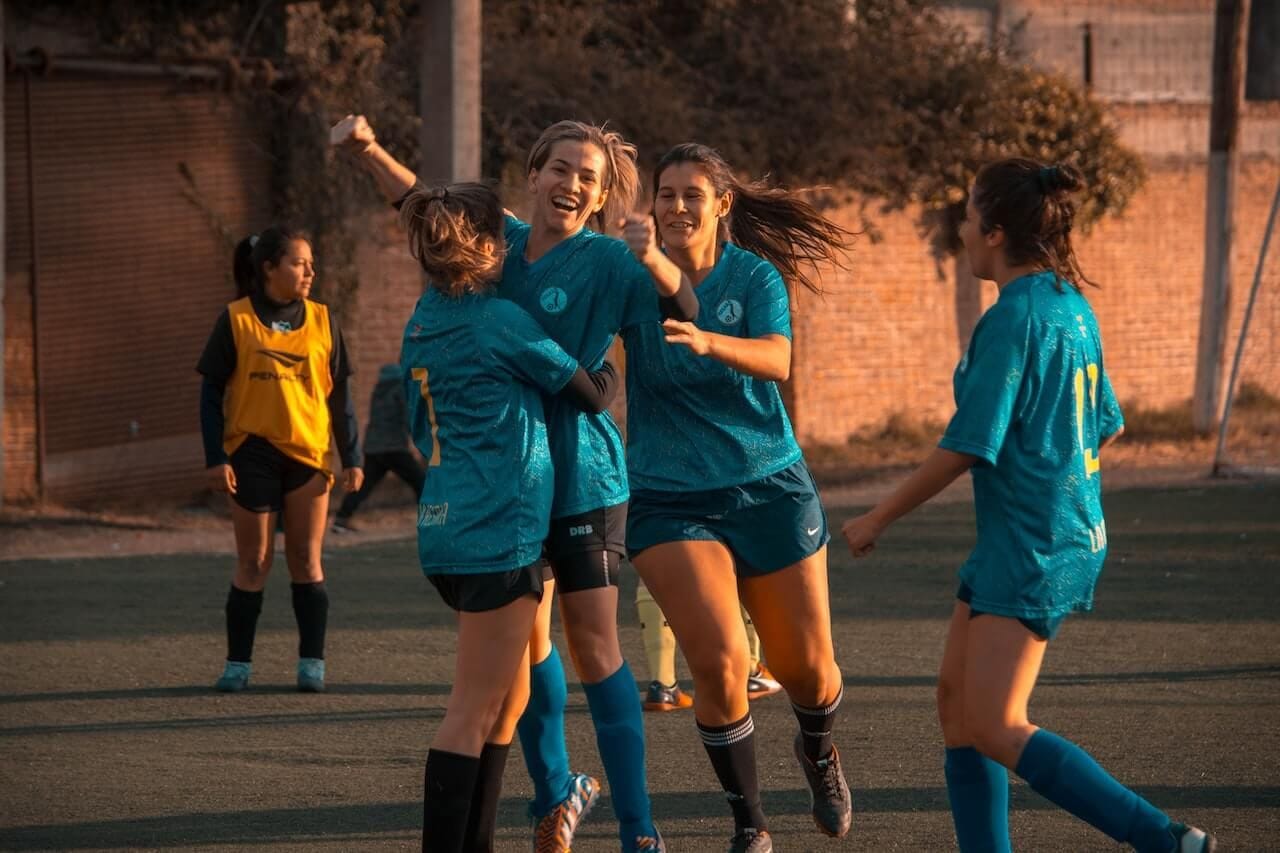
Division I Structure
Back in 2014, Division I made some big changes to its structure. The Division wanted a more flexible and efficient system that catered to the specific needs of its member schools.
Division I's rule-making process is governed by two distinct systems known as Autonomy and Council Governance, each serving a unique purpose in shaping the division's regulations and policies.
In Division I, committees play an important role in overseeing various aspects, from championships to strategic planning and overall division health. What's important to note is that student-athletes contribute to this setup. Two members from the Division I Student-Athlete Advisory Committee actively participate and vote in Division I Council meetings, the primary policy-making body.
Each of the seven standing committees of the Council includes a voting student-athlete from the Student-Athlete Advisory Committee. Moreover, students are actively involved in the autonomy governance structure, with conferences selecting 15 student-athletes to contribute to the 80 votes cast on autonomy-related matters. It's a collaborative effort that keeps Division I running smoothly.
D1 athletics is not just about the games we see on TV or the athletes we idolize. It is a complex system involving numerous stakeholders, from coaches and administrators to fans, alumni, and athletes. The structure of D1 athletics is designed to provide opportunities for student-athletes to compete at the highest level while also promoting the values of education and sportsmanship.
Elevate your game by checking out our Scholarship Blog for an insider's guide to all things D1.
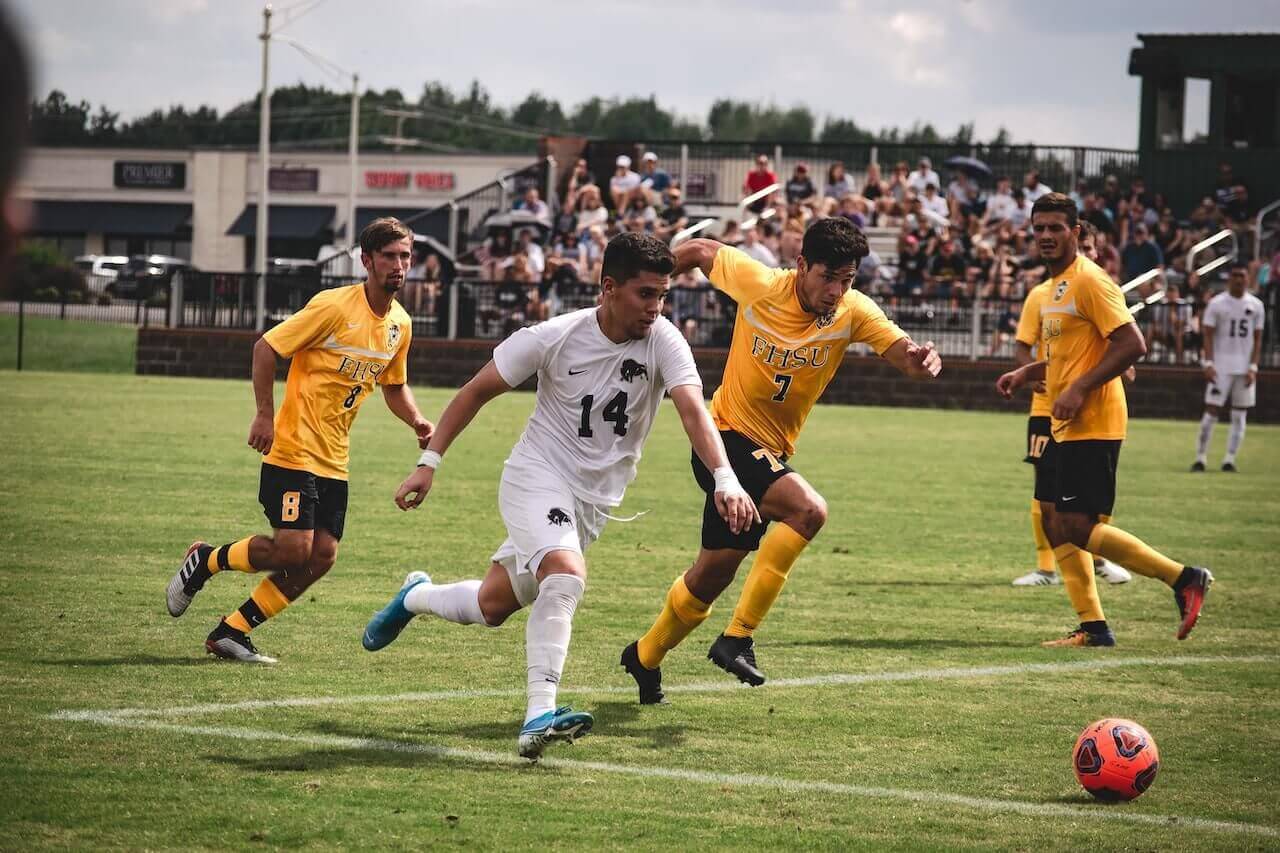
Sports Offered at D1 Schools
Aspiring student-athletes have the chance to explore a wide range of sports at D1 schools, each with its own unique culture and spirit. It's an environment where dedication, talent, and teamwork thrive, creating unforgettable moments for both participants and fans.
There are over 350 Division I schools with more than 6,000 athletics teams. Each school determines which sports to sponsor based on factors such as popularity, regional interest, and financial considerations.
For example, the University of Alabama has established itself as a powerhouse in college football, winning multiple national championships and producing numerous NFL stars. On the other hand, schools like Duke University have a strong basketball tradition, consistently fielding competitive teams and producing NBA talent.
Here's a list of some of the most popular sports offered at D1 schools:
1. Football:
- D1 schools are renowned for their spirited football programs, with intense rivalries and electrifying games drawing fans from across the nation.
2. Basketball:
- The hardwood comes alive with thrilling basketball action, featuring both men's and women's teams competing at the highest collegiate level.
3. Baseball and Softball:
- America's favorite pastime is well-represented at D1 schools, with competitive baseball and softball teams showcasing top-tier talent.
4. Soccer:
- The global appeal of soccer is evident in D1 schools, where men's and women's soccer teams compete with skill and passion.
5. Volleyball:
- Spike, set, and match! D1 volleyball teams deliver exciting and fast-paced action, both on the men's and women's teams.
Get Matched to Thousands of Scholarships
Create your Bold.org profile to access thousands of exclusive scholarships, available only on Bold.org.
Create Free Profile6. Track and Field, Cross Country:
- Runners, jumpers, and throwers excel in track and field, while cross country athletes showcase endurance and determination.
7. Wrestling:
- D1 wrestling programs feature exceptional athletes grappling for victory, contributing to the rich tradition of this dynamic sport.
8. Golf and Tennis:
- The precision of golf and the finesse of tennis are on display as D1 athletes compete with skill and sportsmanship.
9. Lacrosse:
- Lacrosse has gained popularity at the collegiate level, with D1 schools fielding competitive men's and women's teams.
10. Swimming and Diving:
- D1 swimmers and divers make a splash with their exceptional skills, competing in a variety of strokes and disciplines.
While the focus is often on high-profile sports, it's important to recognize that D1 athletics also includes sports that may not receive as much attention. These sports, such as fencing, rowing, and water polo, offer opportunities for student-athletes with unique talents and passions to compete at the collegiate level.
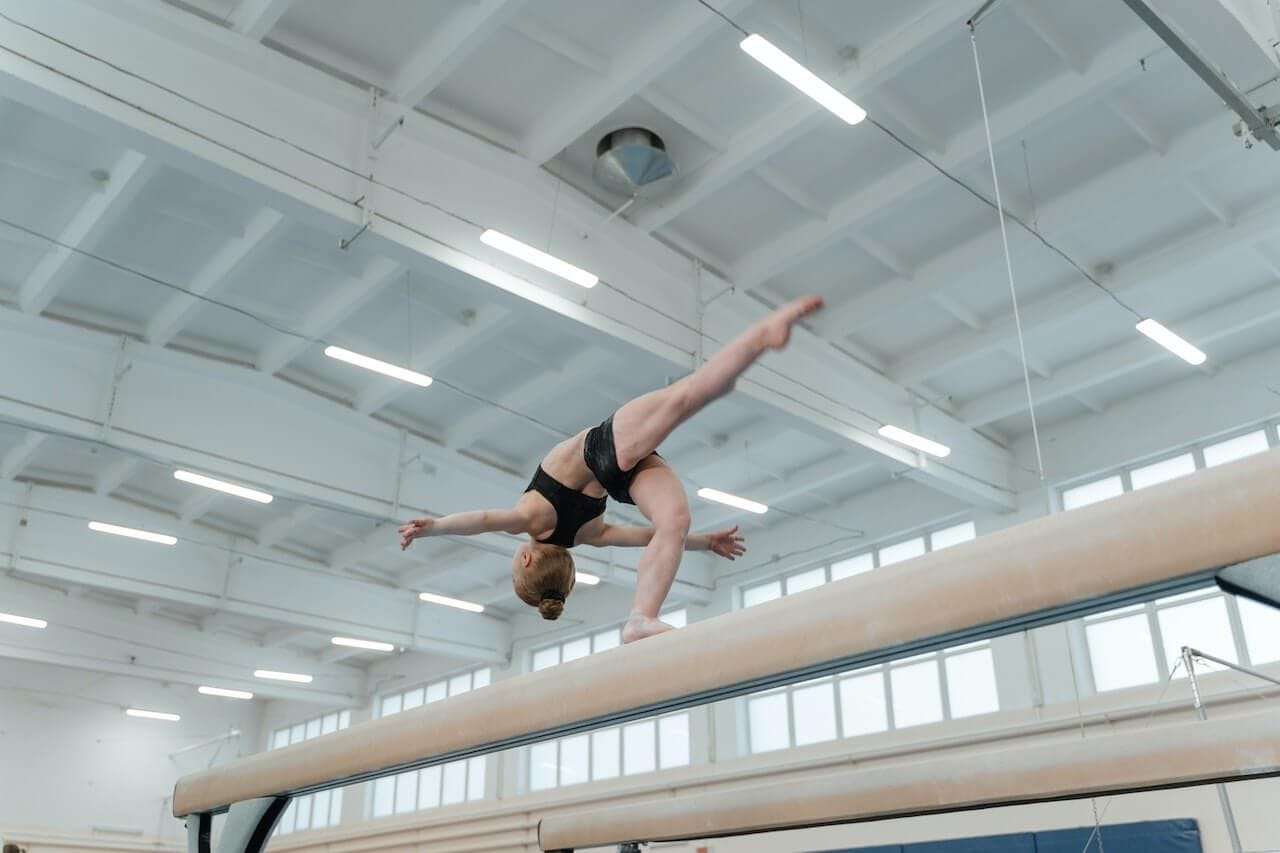
Noteworthy NCAA D1 Schools
1. Stanford University (Stanford Cardinal):
- Renowned for success in a wide range of sports, including tennis, swimming, golf, and especially dominant in cross country and track and field. Stanford consistently excels academically as well.
2. University of Alabama (Alabama Crimson Tide):
- Known for its stand-out football program, the University of Alabama has achieved success in multiple sports, including gymnastics, softball, and golf. The Crimson Tide's athletic programs enjoy strong fan support.
3. University of Florida (Florida Gators):
- The University of Florida is recognized for its well-rounded success in various sports. Notable achievements include championships in football, basketball, gymnastics, and swimming. The Gators have a diverse and competitive athletic program.
4. Duke University (Blue Devils):
- Duke University's Blue Devils are renowned in collegiate sports, particularly known for their basketball program. Beyond basketball, the Blue Devils excel in soccer, lacrosse, and tennis, further solidifying their prestigious athletic legacy.
5. University of Notre Dame (Fighting Irish):
- The University of Notre Dame's Fighting Irish boasts a rich tradition of success across various sports, from the historic football program to achievements in basketball, soccer, and hockey.
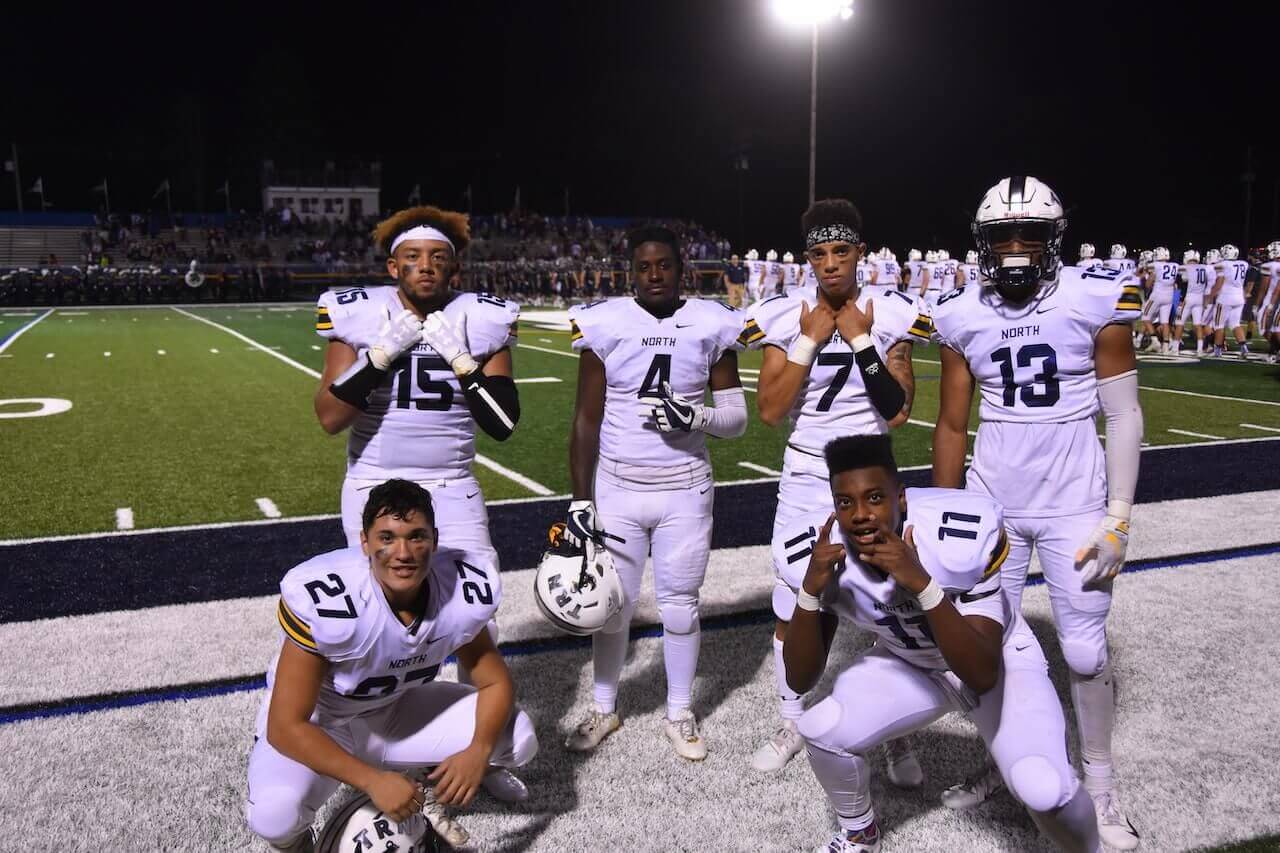
The Academic Expectations of D1 Schools
While D1 athletics garners much attention for its athletic prowess, academics are an integral part of the student-athlete college experience. D1 schools place a strong emphasis on balancing academics and athletics, ensuring that student-athletes receive a well-rounded education.
Recognizing the importance of academic success, D1 schools provide comprehensive academic support services to help student-athletes thrive. These services include tutoring, study halls, and academic advising. Student-athletes have access to resources and guidance to help them navigate the academic challenges they may encounter.
Academic advisors work closely with student-athletes to create individualized academic plans, ensuring that they stay on track toward graduation while pursuing their athletic dreams. Furthermore, D1 schools prioritize the well-being of their student-athletes by promoting a healthy work-life balance. They encourage student-athletes to take breaks, engage in self-care activities, and seek support when needed.
Academic Eligibility Requirements for Student-Athletes
Student-athletes must meet certain academic eligibility requirements set by the NCAA to participate in D1 athletics. These requirements are in place to ensure that student-athletes are making satisfactory progress toward their degrees while competing in their respective sports.
One of the key eligibility requirements is maintaining a minimum GPA. Student-athletes must demonstrate academic proficiency by achieving a certain GPA threshold. This ensures that they are actively engaging in their coursework and meeting the academic standards set by the institution.
In addition to GPA, student-athletes must also complete a specified number of credit hours each semester. This requirement ensures that they are making progress towards their degree and not falling behind academically due to the demands of their sport.
Moreover, student-athletes must meet specific standardized test score thresholds, such as the SAT or ACT. These tests serve as indicators of a student-athlete's academic preparedness and potential for success in college-level coursework.
By setting these academic eligibility requirements, D1 schools prioritize the educational development of their student-athletes. Each school will vary on its eligibility requirements. It is important to research and understand the requirements.
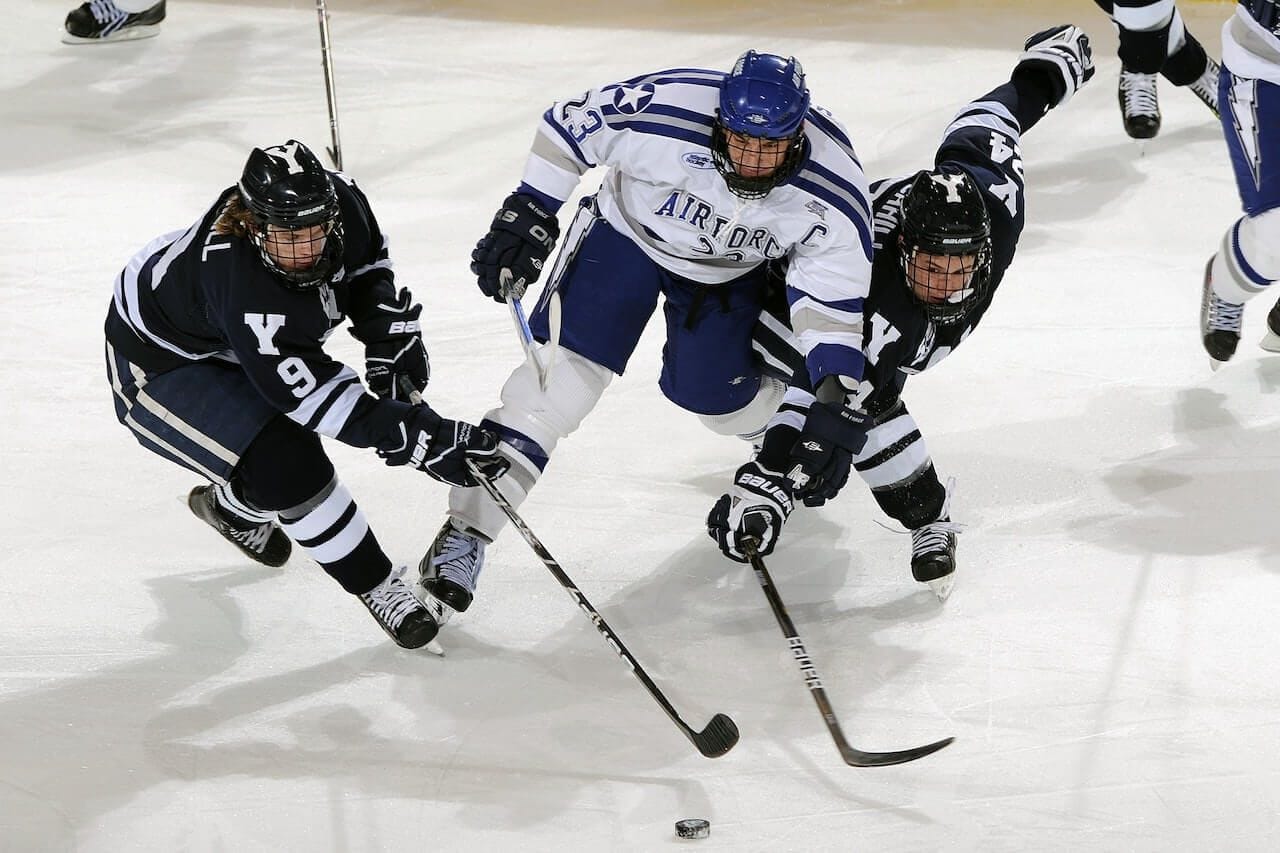
Athletic Scholarships
Athletic scholarships are a key component of D1 athletics. These scholarships provide financial aid for student-athletes and help attract top-tier talent to D1 schools. Scholarships can cover tuition, room and board, textbooks, and other expenses. However, it's important to note that not all student-athletes receive scholarships and those who do often have to balance rigorous athletic and academic commitments.
Receiving an athletic scholarship is a tremendous honor and opportunity for student-athletes. It not only relieves the financial burden of attending college but also recognizes their talent and dedication to their sport.
However, the competition for athletic scholarships is fierce. Many talented athletes vie for limited spots, and the selection process can be highly competitive. Coaches evaluate athletes based on their performance, potential, and character, looking for individuals who not only excel on the field but also demonstrate leadership skills and a strong work ethic.
It's also important to note that most athletic scholarships now are not guaranteed for the entire duration of a student-athlete's college career. Scholarships are typically awarded on a yearly basis and can be renewed or revoked based on a student-athlete's performance, behavior, and adherence to team rules and academic standards.
Student-athletes who do not receive athletic scholarships still have opportunities to compete at the D1 level. They may walk on to a team, meaning they try out for the team without a scholarship, or they may receive other forms of financial aid, such as academic scholarships or need-based grants.
Thinking about a D2 school? Check out whether D2 schools give athletic scholarships to plan ahead for your college education.
Bold.org Scholarships

Here at Bold.org, we have tons of athletic scholarships for students. Our commitment goes beyond the field, court, or track— we believe in empowering students to pursue their academic and athletic goals simultaneously. Below is only a small list of scholarships we offer for student-athletes.
- Wrestling Scholarships
- Football Scholarships
- Volleyball Scholarships
- Baseball Scholarships
- Basketball Scholarships
For more scholarships be sure to use the scholarship search tool to find scholarships for your interests!
The Benefits and Challenges of Being a D1 Athlete
Being a D1 athlete comes with numerous benefits, but it also presents its fair share of challenges. Let's take a closer look at the opportunities provided by D1 athletics and the potential drawbacks and difficulties that athletes may encounter.
Opportunities Provided by D1 Athletics
D1 athletics offers student-athletes unique opportunities for personal growth, skill development, and exposure to high-level competition. Athletes who compete at the D1 level have the chance to showcase their talents on a national stage, gaining recognition from fans, coaches, and even professional scouts.
One of the major benefits of being a D1 athlete is the potential to secure scholarships for further education. Many universities offer athletic scholarships to talented athletes, which can significantly reduce the financial burden of pursuing a college degree.
Moreover, D1 athletes often have access to top-notch training facilities, coaching staff, and resources that can help them reach their full potential. The rigorous training regimens and competitive environment push athletes to constantly improve their skills and performance, preparing them for the challenges they may face in their athletic careers.
Potential Drawbacks and Difficulties
While the perks of being a D1 athlete are enticing, it's important to acknowledge the challenges that come with it. The demands of balancing athletics and academics can be overwhelming at times, leaving little room for a social life or personal pursuits.
Student-athletes often have to juggle intense practice schedules, travel for competitions, and maintain a high level of academic performance. This requires exceptional time management skills and a strong work ethic.
Injuries can pose a significant setback for D1 athletes. The rigorous training and high-intensity competition increases the risk of injuries, ranging from minor sprains to more severe conditions. Dealing with injuries not only affects an athlete's physical well-being but also takes a toll on their mental state.
Furthermore, the competitive nature of D1 athletics means that not all athletes will achieve their desired level of success. Despite their talent and hard work, some athletes may not receive the recognition they hoped for or may face setbacks that hinder their progress.
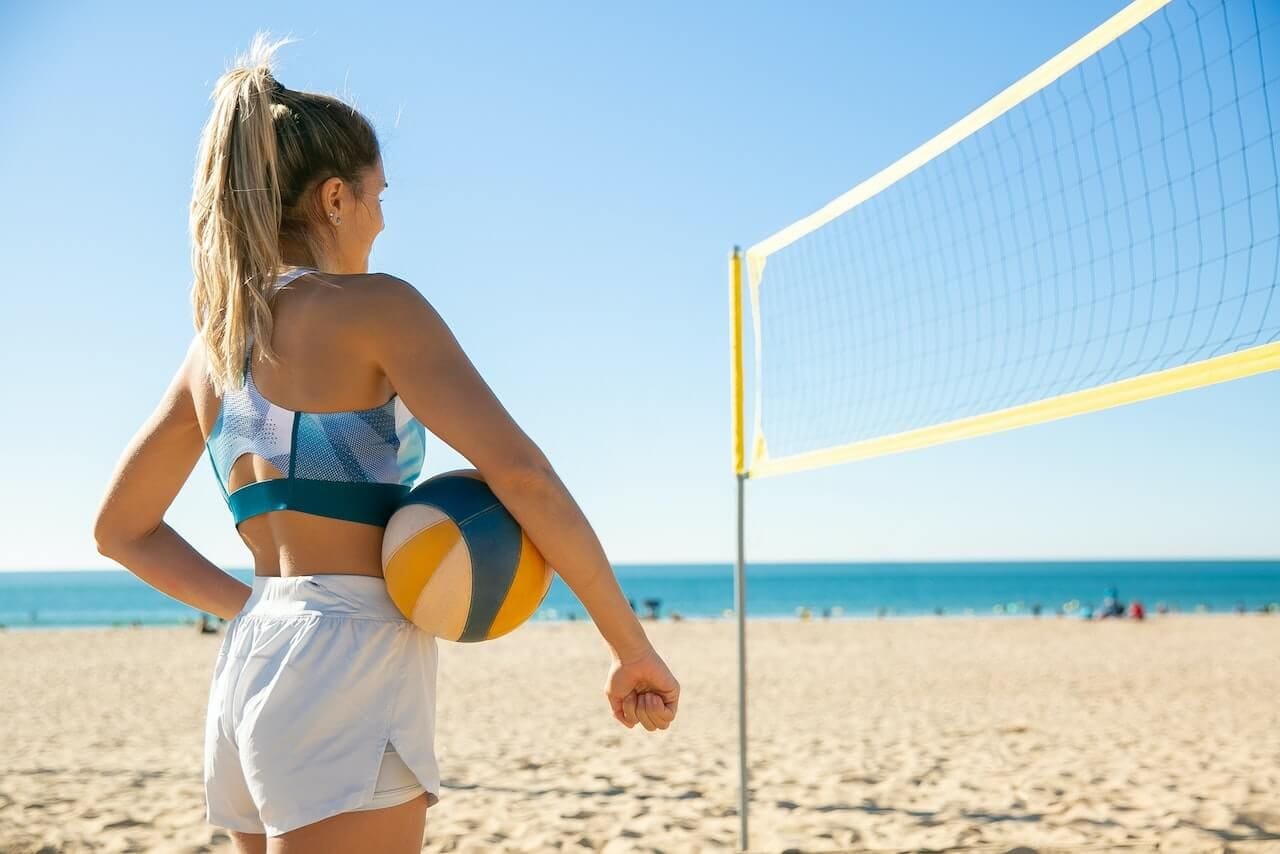
Frequently Asked Questions About D1 Schools
Are D1 schools known for having strong rivalries?
Yes, D1 schools often find themselves caught up in spirited rivalries with other schools, particularly those in the same conference. When it comes to big games in sports like football and basketball, these matchups really grab the spotlight and get fans super excited.
How many D1 schools are there?
Across the United States, there are a total of 363 NCAA D1 schools. These schools tend to have the biggest budgets for sports and offer more scholarships compared to the other levels of NCAA divisions.
How many D1 athletes get full rides?
Every year, according to NCSA College Recruiting, there are approximately 85 full-ride scholarships available across all NCAA Division I universities. The number is even fewer for Division II colleges. In Division III, which consists of 432 schools, it's worth mentioning that these institutions don't offer college athletic scholarships.
Sprint into scholarship success with this D1 scholarship blog dedicated to D1 insights for football athletes! Break through the competition and seize the playbook of scholarships for D1 schools.


